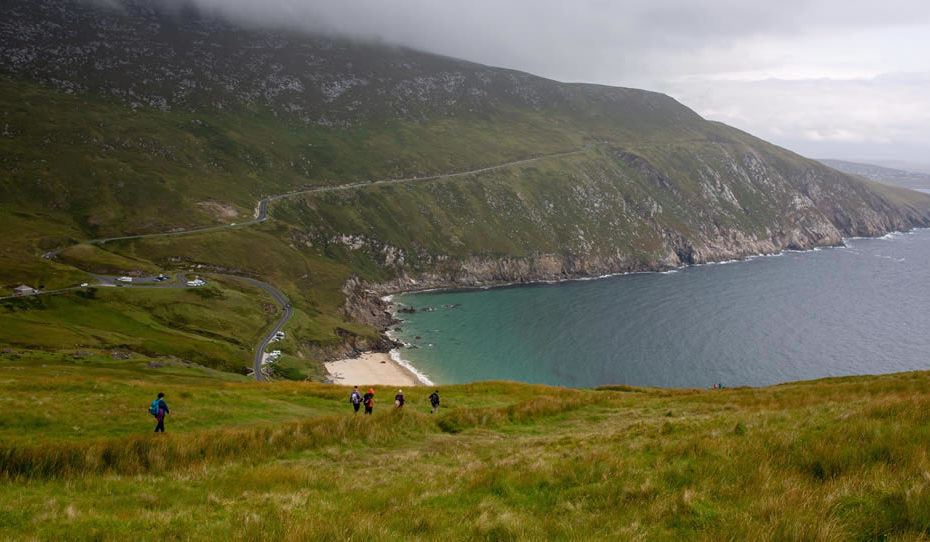“Having a seat at the table and an acknowledged voice matters far more to local communities than being invited to hear foreigners talk to them about local cultural heritage and what it should mean to them.”
– Alex Knodell, 2009
Hello! My name is Faith Walker and I am a third-year university student from America. During the summer of 2019 I will be researching community engagement with the Achill Archaeological Field School. The Field School studies ancient lifeways on the island and this summer will be investigating an 17th/18thcentury settlement at Caraun Point on the northern coast of Achill Island. My research will explore how the Field School communicates about archaeology with the public on the island. Part of this research will work with the island’s communities to create a narrative about the relevance and significance of the site. From this research, I want to create a narrative with you about the significance of the site, which would combine your perspectives with archaeological research.
Often the local people are the ones with the greatest connection to sites, more than archaeologists. These are the people whose ancestors likely created those sites and their stories. These are the people who continue to interact with those things today. These are the people who shape their identities in relationship to them. However, a history of archaeological stewardship over these sites has resulted in archaeologists forgetting to whom their research often matters most.
Today, many archaeologists (like those at Achill Archaeological Field School) are attempting to bridge that gap between academia and the public, recognizing the value of both archaeological research as well as the local community’s experience of the sites in question. My project will examine the best ways to facilitate this dialogue, as part of the Field School’s longstanding efforts towards community engagement.
This research will take several forms: interviews, tours, an Open Day, a school visit, observations, and this blog, which will give regular updates on the dig and my research.
What will this research produce?
With your help, we would like to create a narrative about the history of the area. This narrative will draw from both community perspectives about the site as well as archaeological research. The form that this narrative will take will depend on my findings there. This is a story created by community members, for community members.
I will also be experimenting with 3D scanning and printing of some of the artefacts found, which will allow for people to handle exact replicas of real artefacts that may be too fragile to be regularly handled.
In the long run, I hope that this opportunity to bring local perspectives into the research and interpretation will support local interest in these sites and their heritage. I hope that my research will serve as a model for other projects of community engagement. And I hope that my work there over the summer will lead to a long-lasting relationship between myself and the local community. I hope you are as excited as I am, and I will see you in June!
